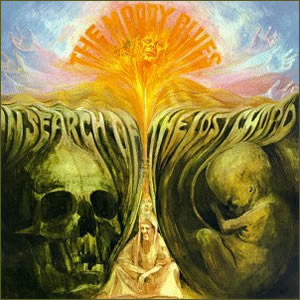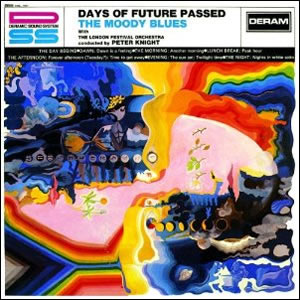Top 9 Rock Festivals
This week Classic Rock Review joins the celebration of the 45th Anniversary of the historic 1969 Woodstock Music Festival. In conjunction with Top 9 Lists, we present a list of the Top 9 […]

This week Classic Rock Review joins the celebration of the 45th Anniversary of the historic 1969 Woodstock Music Festival. In conjunction with Top 9 Lists, we present a list of the Top 9 […]

Buy Long Distance Voyager The Moody Blues scored some latter career commercial success with the chart-topping album Long Distance Voyager in 1981. While this was the ninth studio album by the group, it […]

Buy In Search of the Lost Chord In Search of the Lost Chord is a deeply philosophical album by The Moody Blues, built around the concepts of quest and discovery. Musically, the album […]

Buy Days of Future Passed Although Days of Future Passed is the second official album by The Moody Blues, it was the first to lay out the prog-rock template which would define the […]